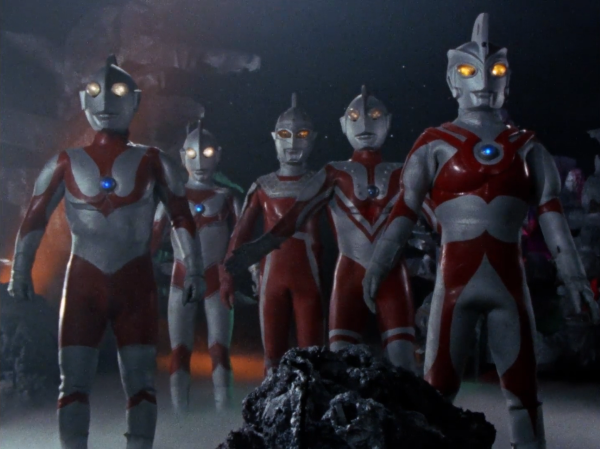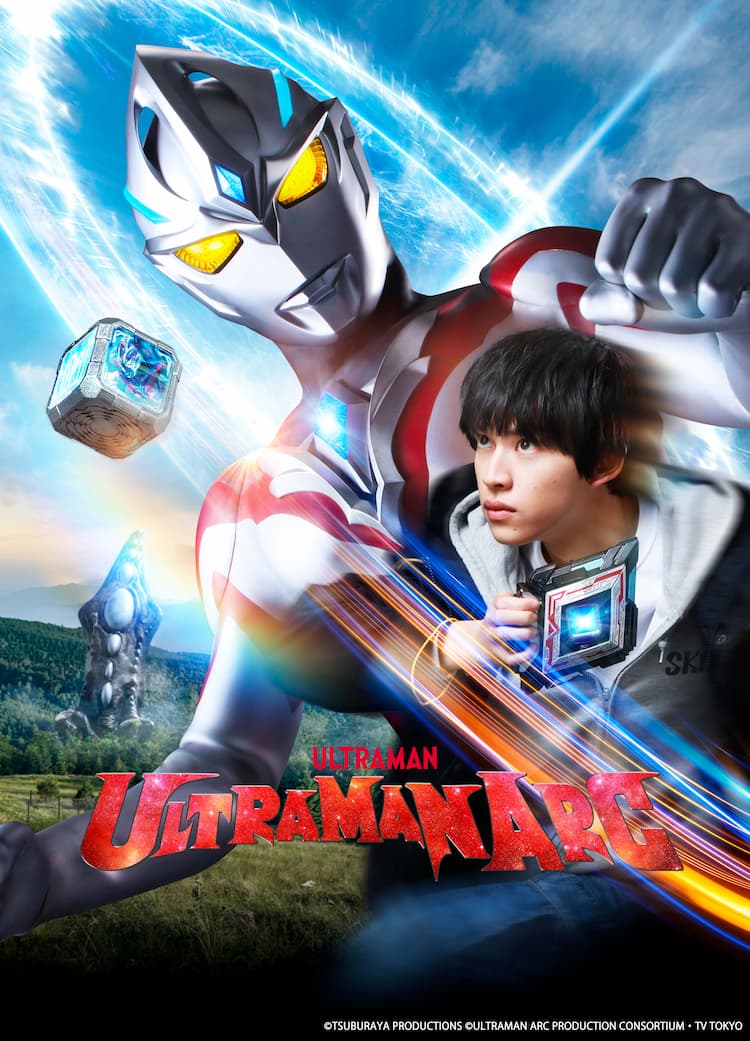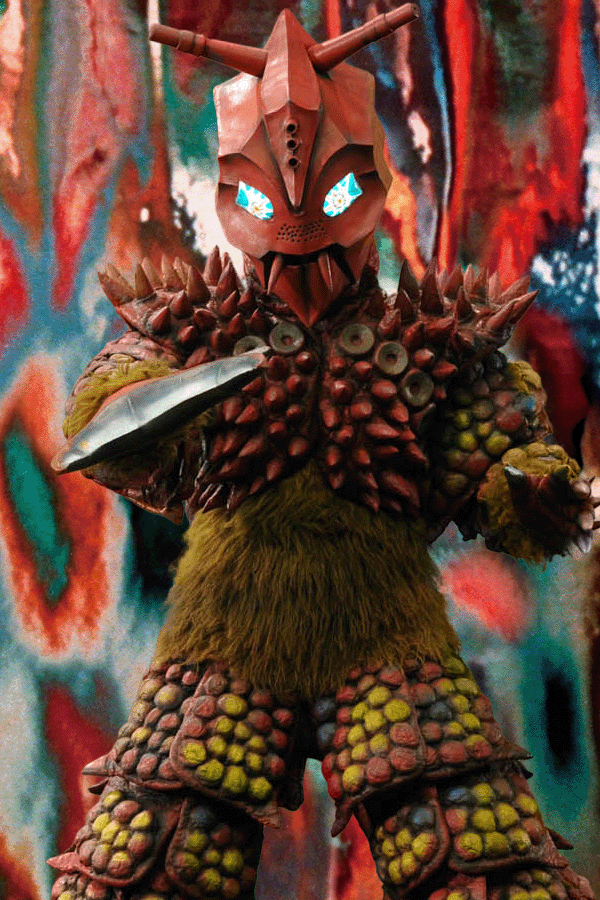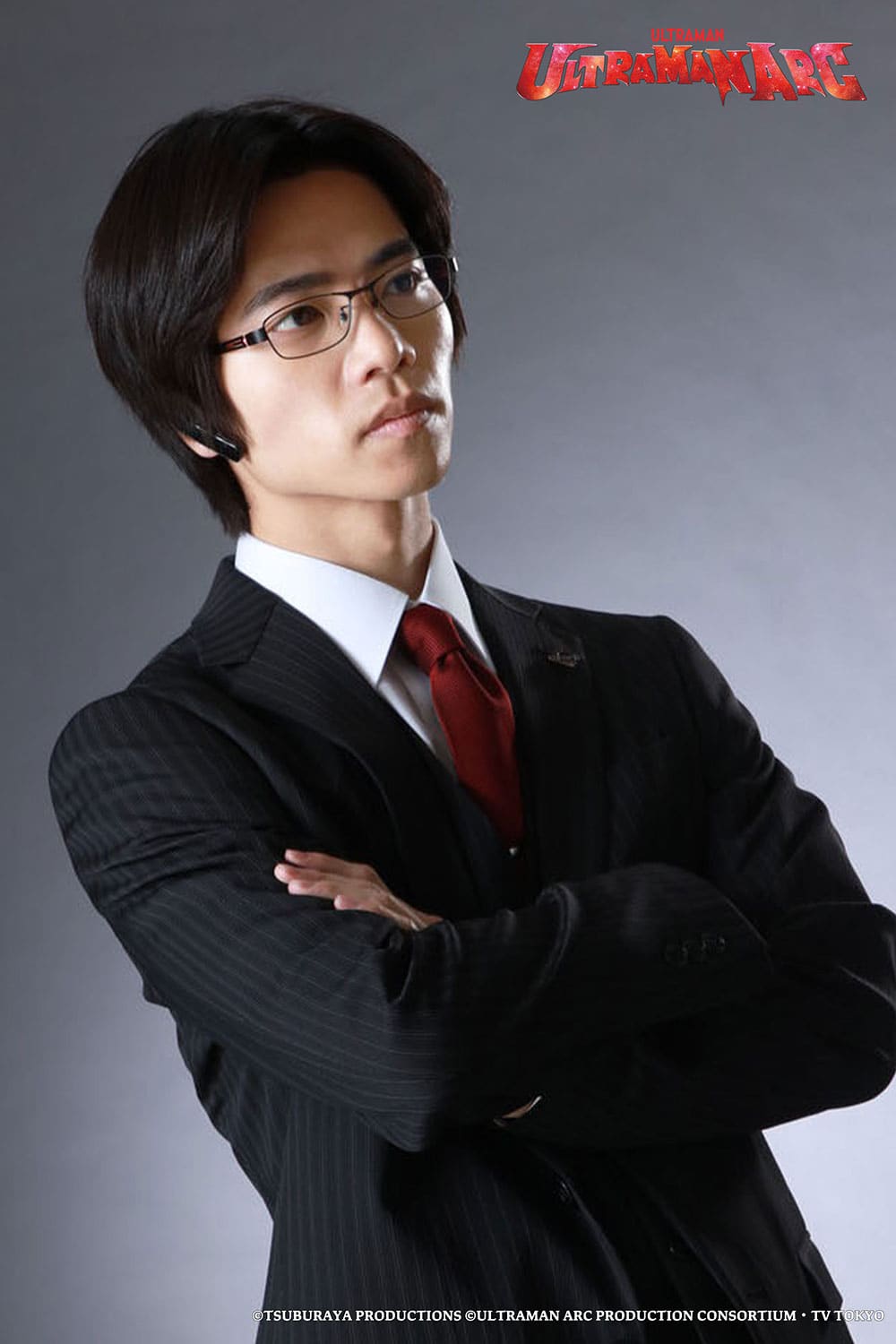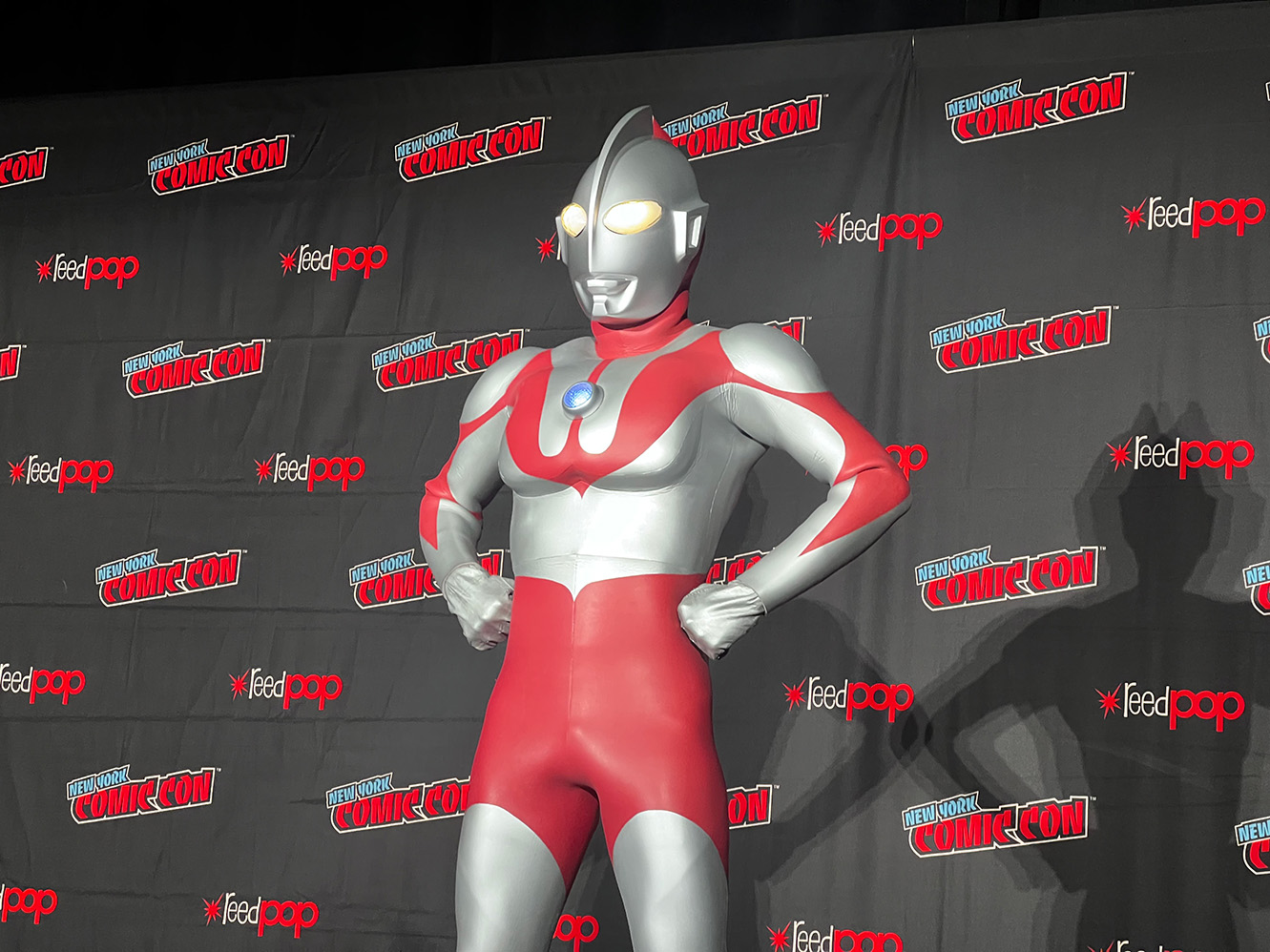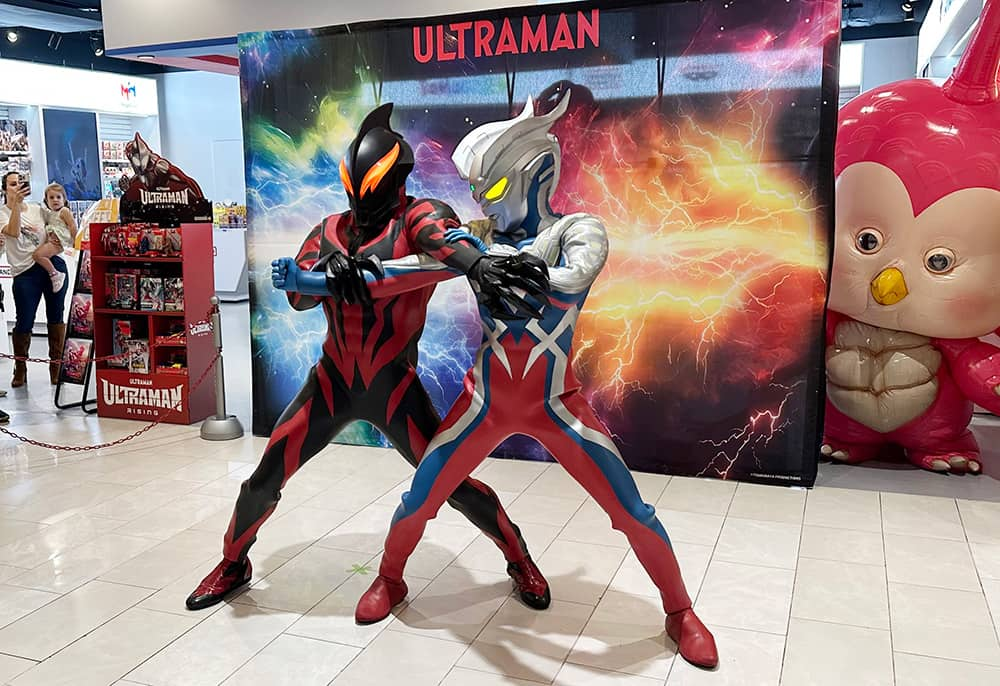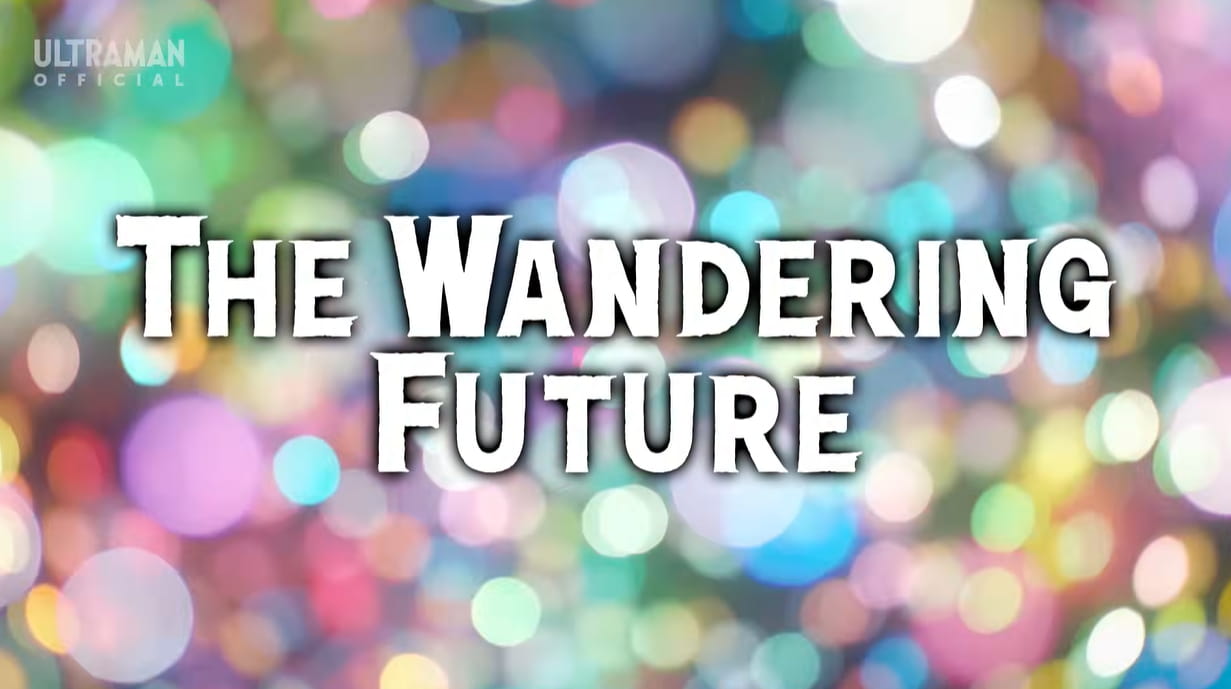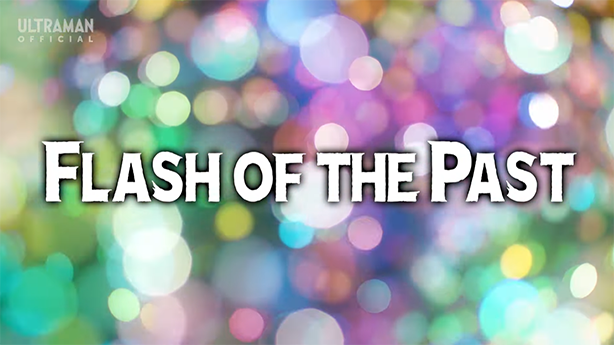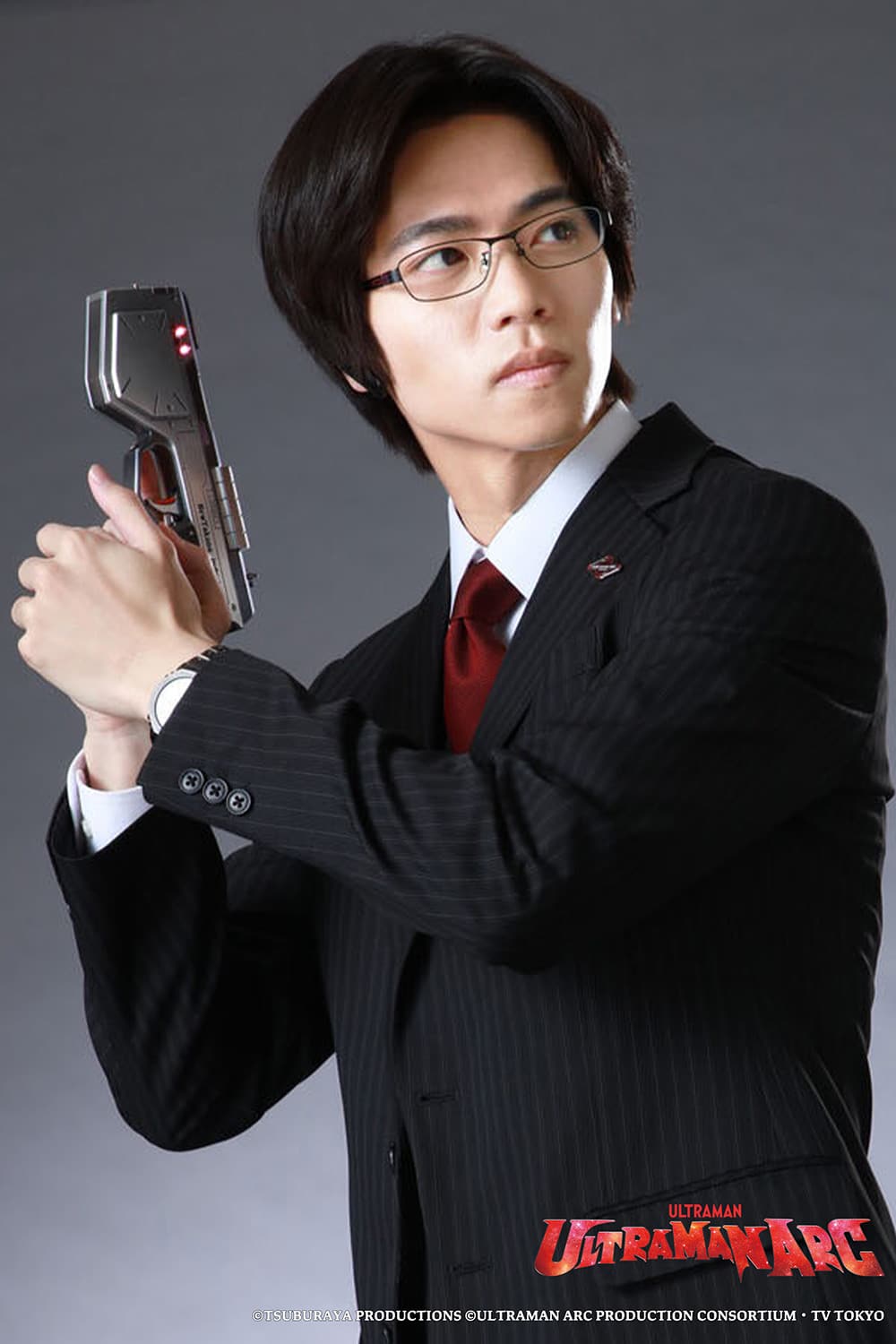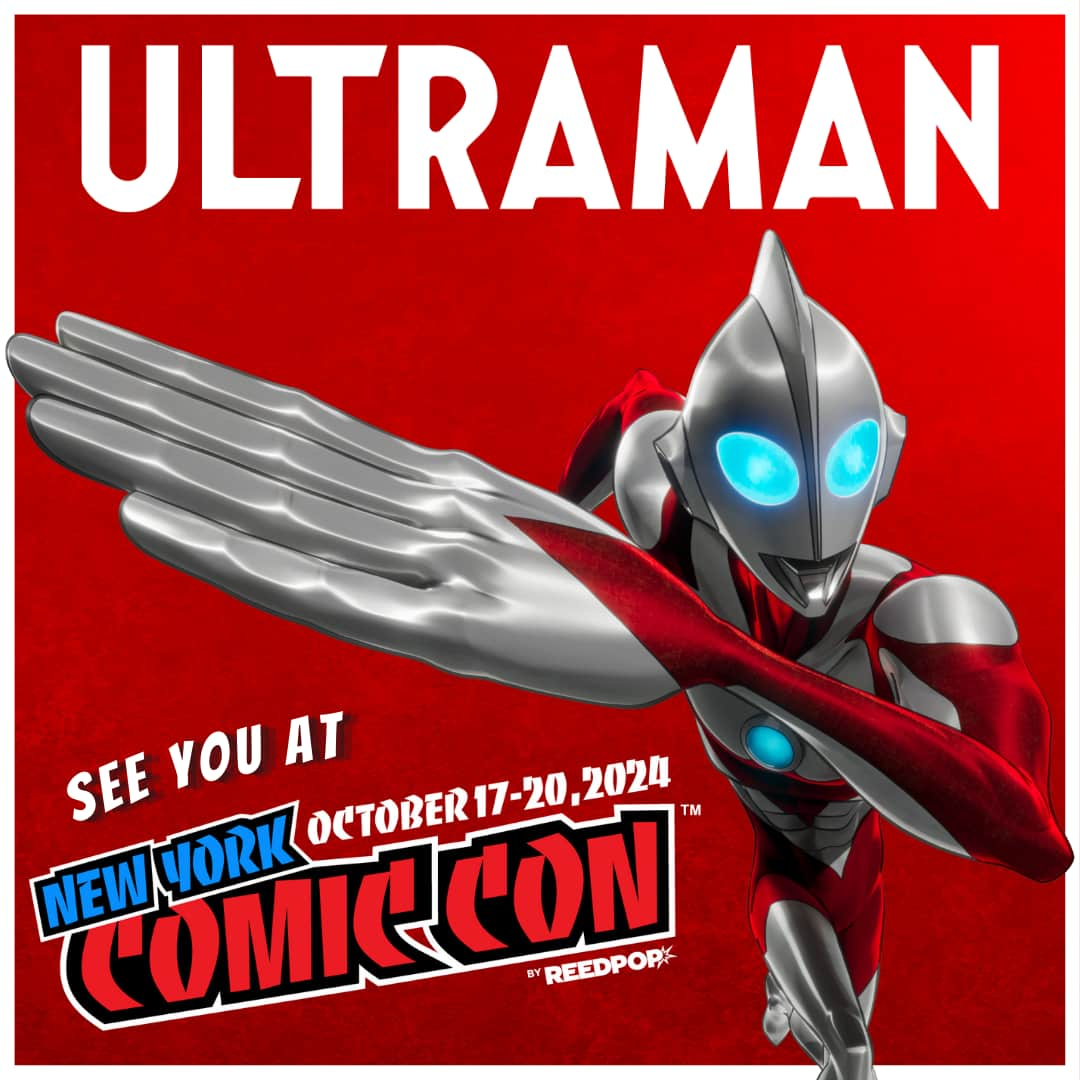Hello and welcome! This week is a special week for many around the world. It’s also a special one for us here at Ultraman Connection, considering our look back at the many characters, Kaiju and battles throughout the history of the Ultraman franchise. It’s not often I get a chance to combine several of my interests, or my personal beliefs into these articles from week to week.
However, the celebration of Easter, and the Christian holy days traditionally observed leading up to it, provided a special opportunity to talk about one of the strongest recurring visual motifs and references from Ultraman.
That’s right. This week, we’re talking about crucifixions.
Not just any instance of a crucifixion, and there’s been quite a few, starting from Ultraseven in 1967, and following into the modern day. While the characters may not always be laid up on a literal cross, the image of our heroes captured, helpless, sometimes even withstanding torture from the villains, is a very powerful one. The instance I want to discuss this week doesn’t just involve the mere appearance of a public execution (which is always undone just in the nick of time, so the characters can enjoy a happy ending.)
We also won’t be discussing the original case of an Ultra hero being crucified from Ultraseven, although that is quite a memorable two-part story, and one worth looking into for a future article. No, we’re doing that crucifixion, one that commits to every part of the “Passion” story from which the capital-C Crucifixion is drawn. It’s the one so explicit in its use of Biblical names and references that it goes from a mere nod to religious iconography, to become a work of fiction with a profoundly – in my opinion – spiritual angle that I feel is worth exploring during this Easter season.

We’re going to talk about episodes 13 and 14 of Ultraman Ace, “Execution! 5 Ultra Brothers” and “5 Stars Scattered in the Galaxy”
Why is this particular instance so memorable? As I mentioned, it borrows quite a few names and places from the Biblical narratives surrounding the crucifixion of Jesus Christ in the Gospels. From the beginning of episode 13, we’re hit over the head with one of them, when we learn of an asteroid making its way towards Earth. And it just happens to be named Golgotha.
If you’ve never heard this name before, don’t worry! The TAC defense team quickly elaborates, explaining that “Golgotha” means “Place of the Skull”, and was the location of Jesus’ crucifixion in the Gospels. I wonder who was in charge of naming this asteroid in the first place, did some astronomer think that it looked particularly skull-like? Regardless, the asteroid itself doesn’t seem to pose a danger to Earth. The terrifying arrival of the “Terrible-Monster” Baraba, on the other hand, definitely provides a more immediate danger to be concerned about.
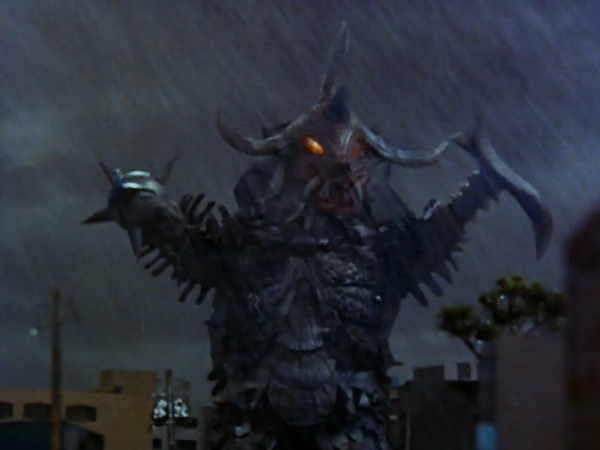
“Baraba” might be a less obvious reference to the Biblical “Passion” of Jesus Christ, but it’s a version of the name “Barabbas”. He’s a minor character in that story, a revolutionary who led a murderous rebellion against the Roman Empire, and is freed in place of Jesus following his trial. The Terrible-Monster named Baraba in these episodes isn’t a revolutionary, it’s a monster. A particularly mean and destructive one at that! With hooked blades for arms and radioactive acid rain, it – like all other Terrible-Monsters sent by Yapool – seems to exist only to cause as much damage, and destroy as many lives as possible.
While Baraba is attacking the Earth, the Ultra Brothers, including Ace, receive a message which calls them to the asteroid Golgotha. There they find five crosses set up, each with their names fixed on top. It’s clearly an intimidation tactic from Yapool, but it’s also a trap. When the Ultra Brothers realize that Yapool means to imprison them there, they give all their remaining energy to Ace, and urge him to return back to Earth to protect it from Baraba and Yapool.
This brief summary has all the elements of religious iconography: the references to specific names, and even the crosses set up on a place called Golgotha. What makes this story more than just a collection of name-drops is something deeper, however. Throughout this episode, and the following one, there is a strong theme of both sacrifice and resurrection, showing how victory can miraculously come from the darkest challenges facing our heroes.
First of all, we should consider that all of these aspects borrowed from Biblical scripture are deliberately chosen by Yapool. He set the trap on this specific asteroid, and chose literal crucifixions to be the means by which he destroys the Ultra Brothers! It’s clear that Yapool intended this to be the final victory of evil over good, darkness finally extinguishing the light of the Ultra Brothers. He’s only got half the story right, though.
For Christians, the significance of Jesus’ crucifixion does not solely lie in the fact of his death. I commonly see this question asked, why Christians wear crosses and crucifixes if it represents how Jesus died. Instead, it’s a representation of the reason for his death, and the sacrifice it represents. Just so, in these episodes of Ace, we see multiple instances of characters literally laying down their lives to save others. In the first scene of episode 13, a boy sacrifices himself to save his younger brother from Baraba’s attack. The Ultra Brothers give up their own light – and any power they would’ve had to free themselves – to ensure that Ace can go back to earth to protect it. Even Ace and his hosts, Seiji and Yuko, are willing to give their lives to protect the Earth.
 In Seiji’s case, this is actually shown as a bad thing! In the second episode, after the Ultra Brothers have been captured and are being held hostage, the rest of the defense team falls into despair. They think there’s no other way of protecting the Earth other than choosing between the Ultra Brothers, or giving their own lives to fight against Baraba. The TAC Commander callously chooses the former, and orders Seiji to pilot a nuclear missile to destroy Golgotha in space. Seiji is given many opportunities to back out, or try and stop this course of action, but resigns himself to it – and also resigns himself to dying along with the Ultra Brothers!
In Seiji’s case, this is actually shown as a bad thing! In the second episode, after the Ultra Brothers have been captured and are being held hostage, the rest of the defense team falls into despair. They think there’s no other way of protecting the Earth other than choosing between the Ultra Brothers, or giving their own lives to fight against Baraba. The TAC Commander callously chooses the former, and orders Seiji to pilot a nuclear missile to destroy Golgotha in space. Seiji is given many opportunities to back out, or try and stop this course of action, but resigns himself to it – and also resigns himself to dying along with the Ultra Brothers!
Finally, his partner and co-host Yuko has to snap him back to his senses. Like I said, the point of these sacrifices isn’t just to die. If the Ultra Brothers and Seiji all are killed in this desperately ill-advised attack, it won’t even stop Baraba, and almost certainly won’t destroy Yapool for good. In other words, these sacrifices mean something precisely because their lives are so dearly valuable. They are able to make that choice, to give up such a precious life for others because they have hope, not because they despair of any better options!
That reminder of hope is powerful enough to stretch light-years across space, even across dimensions, to reach Seiji, and allows both him and Yuko to once again “rise” as Ultraman Ace. Similarly, that same hope, shown as literal light given by the four Ultra Brothers, becomes Ace’s strongest attack, the incredible “Space Q”!
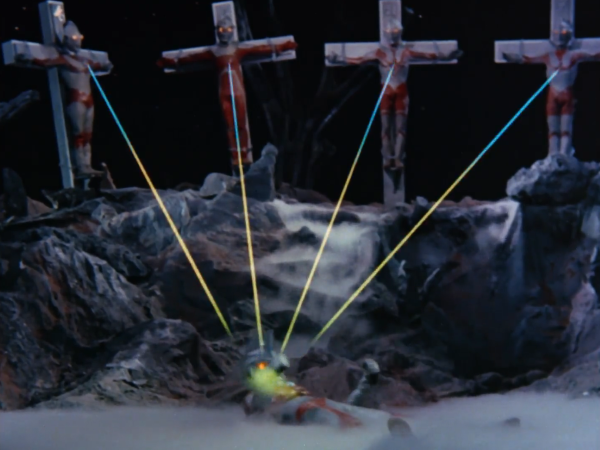
One of my favorite aspects of this franchise is how it always takes very abstract concepts, like “hope” and “courage” and turns them into very literal laser beams which explode monsters into tiny, tiny pieces.
As a whole, this story from Ultraman Ace doesn’t deviate from other themes from the franchise, relating to humanity, the Ultra heroes themselves, or their strength and courage in the face of impossible challenges. It’s a very, very common idea across many other Ultraman series, specials, and movies, showing how the greatest victories often come in surprising ways from the darkest, most tragic situations.
It’s also not the first, or the last time religious references show up in the franchise, but the “Golgotha” scenes have become particularly iconic among fans, and even other creators influenced by the franchise in other works. Personally, I think these episodes have become so iconic, even for non-Christians and those who are not religious, specifically because those themes are so powerful, independent of the Biblical connections. For Christians though, the time of Easter highlights all of those ideas in a specific way. I feel like the iconography used here helps to strengthen the importance of Easter, rather than irreverently distract from it.
